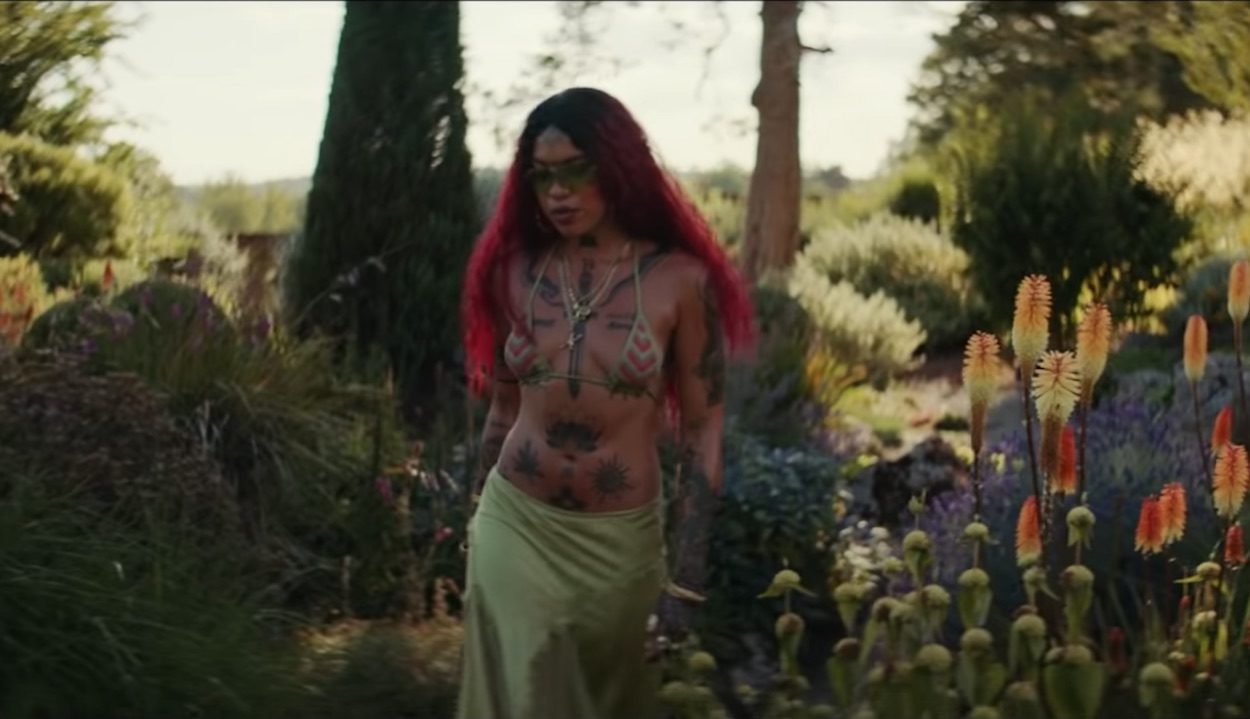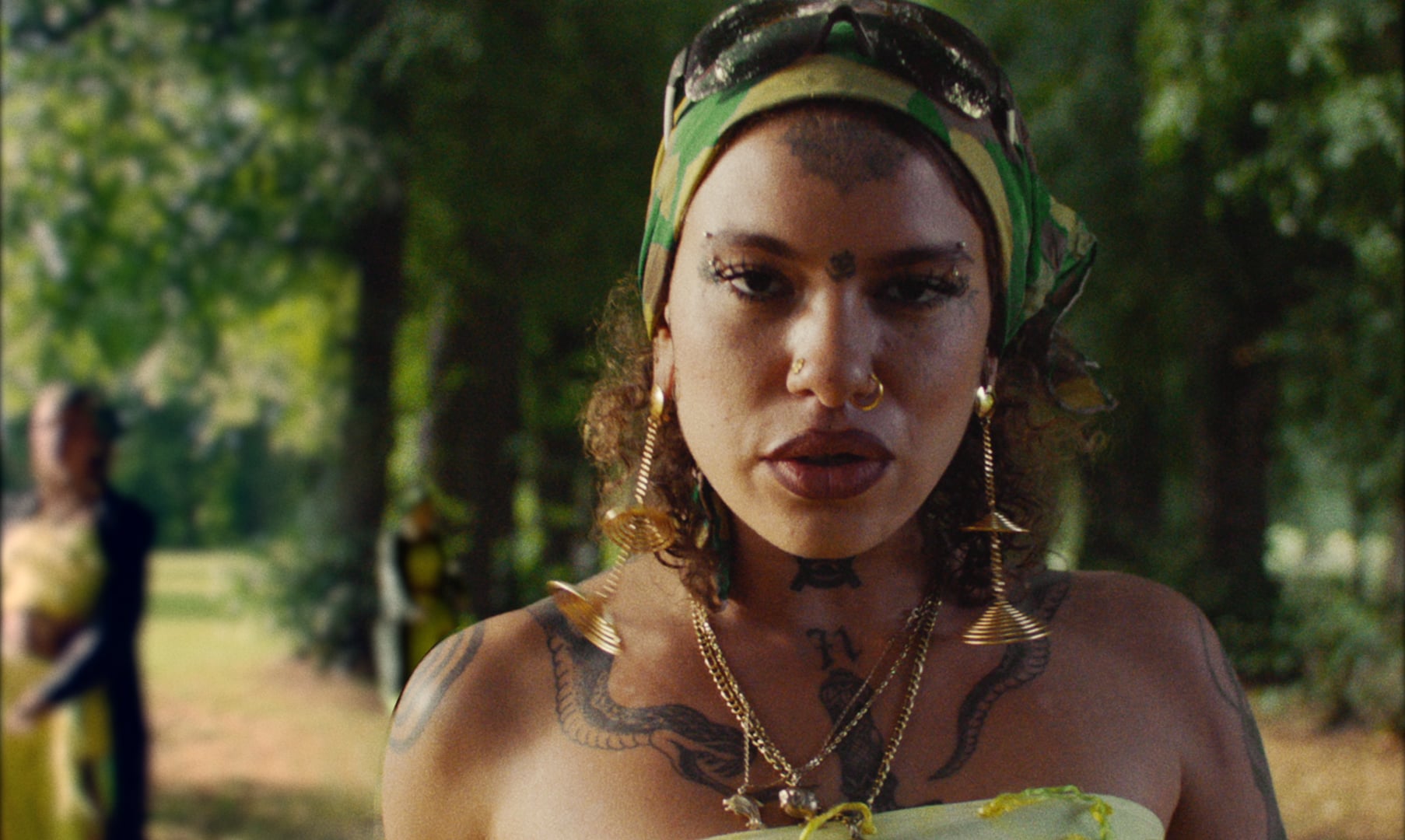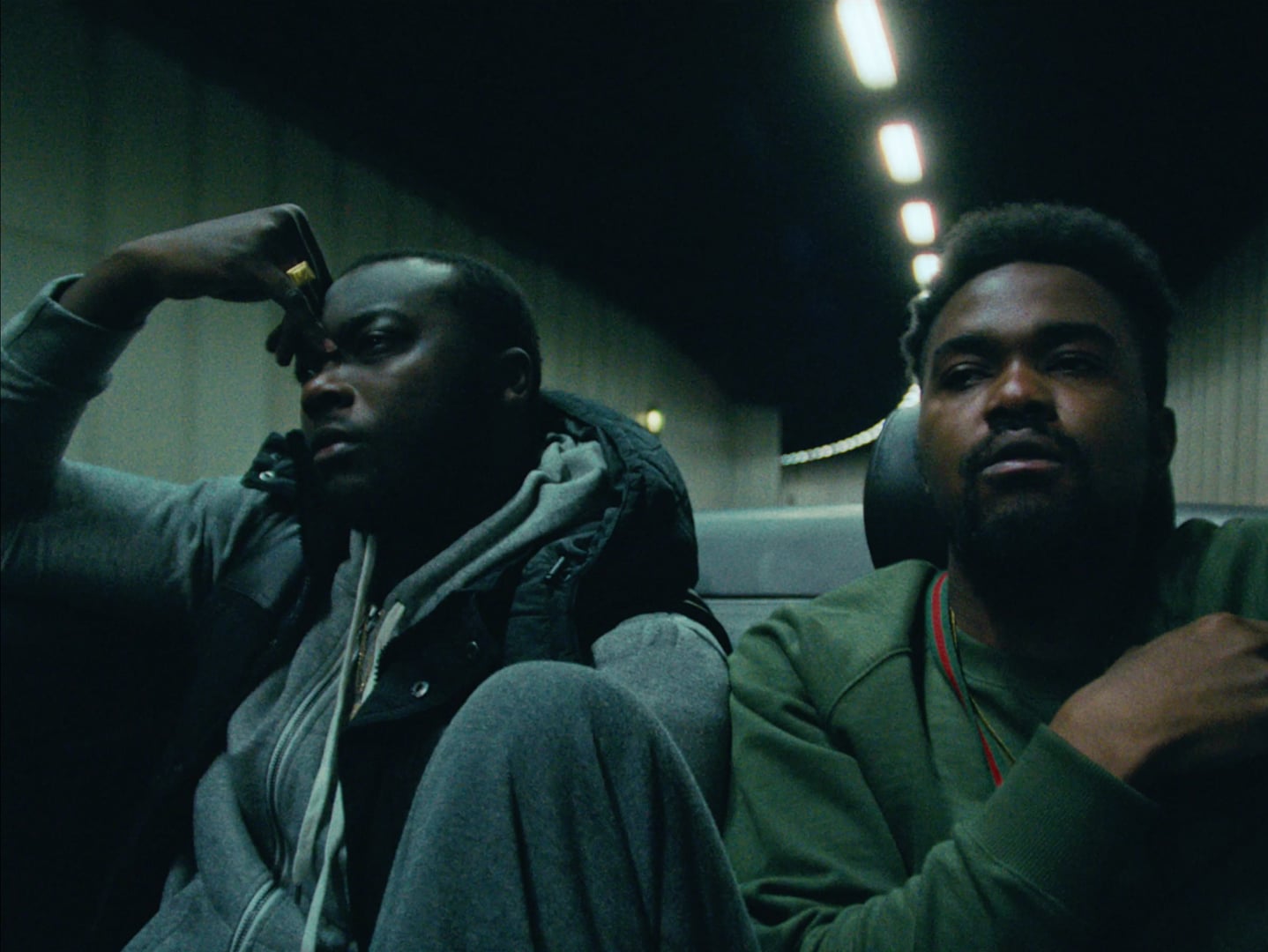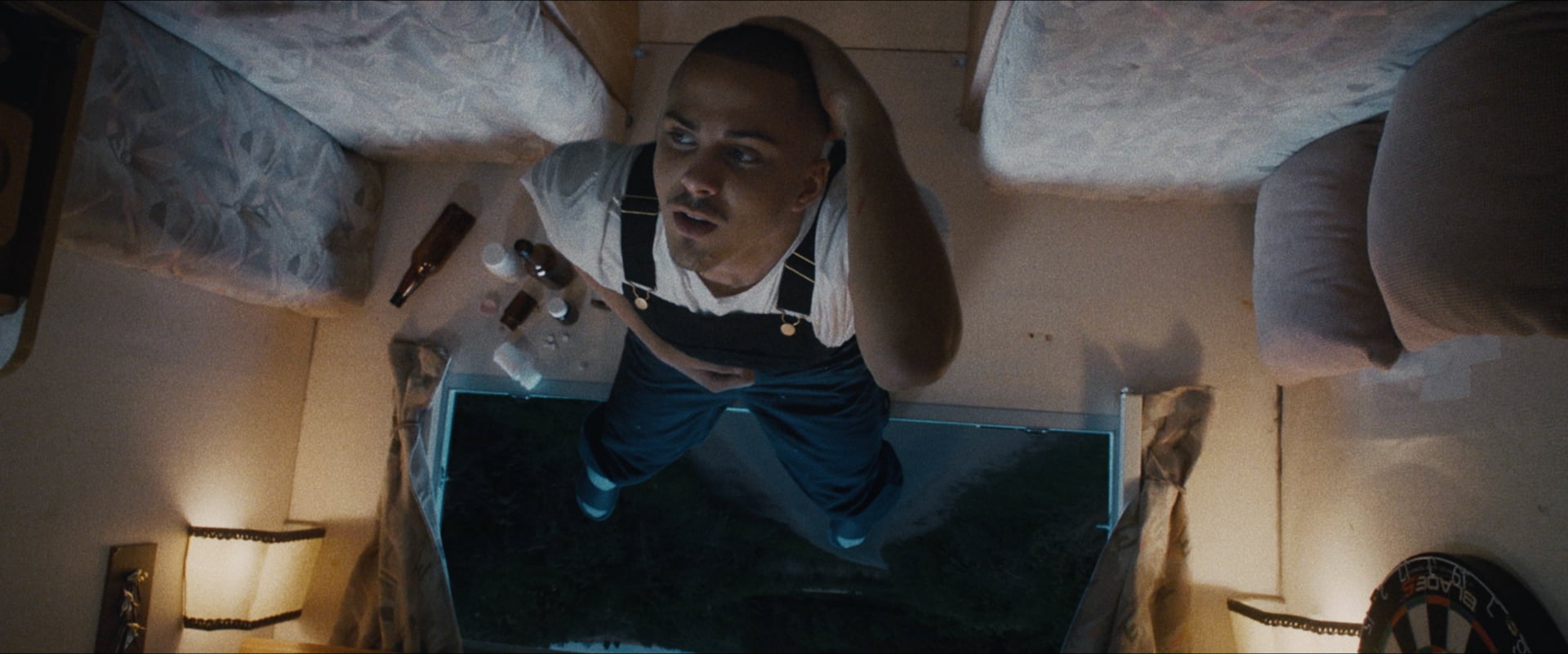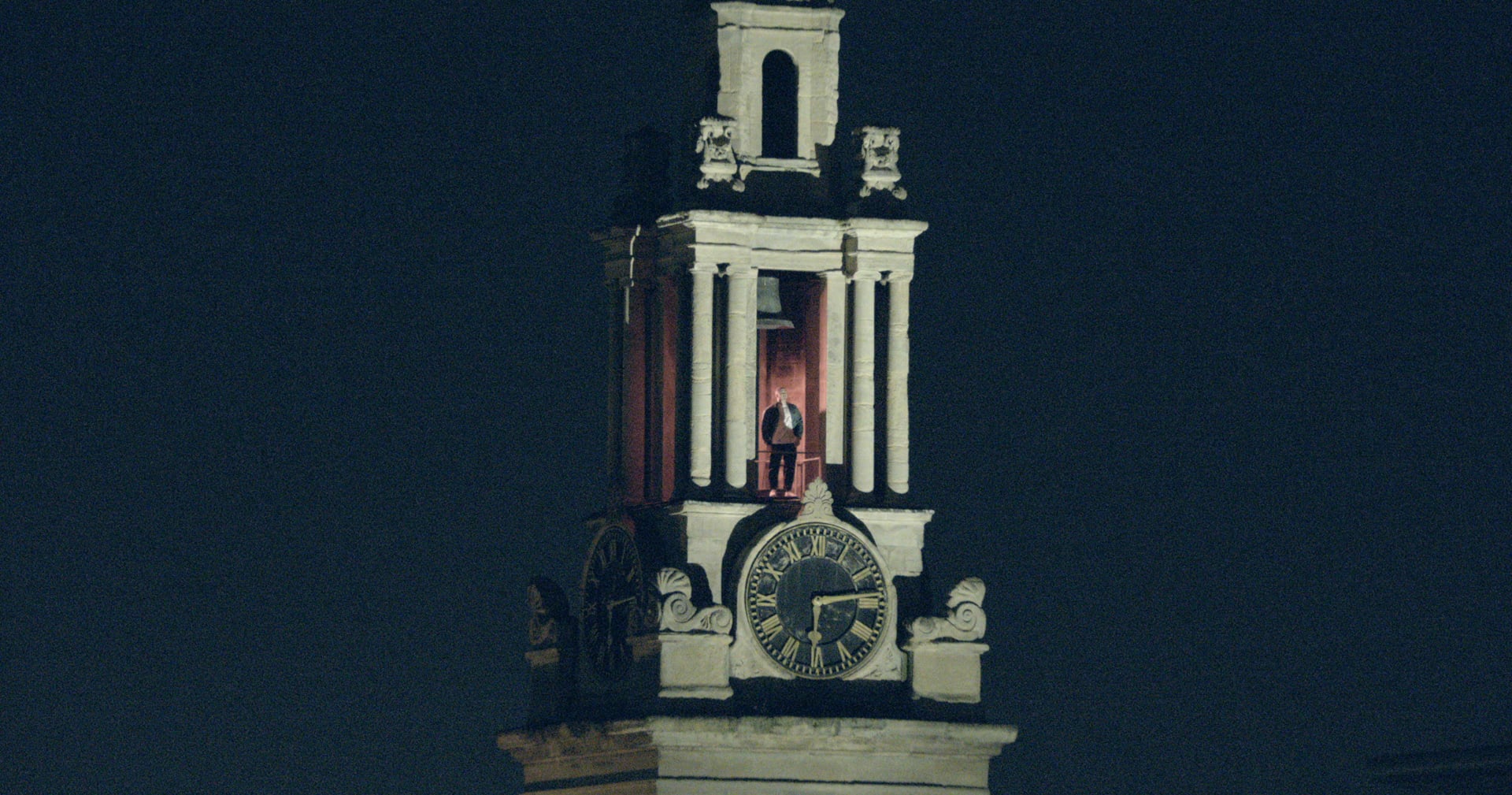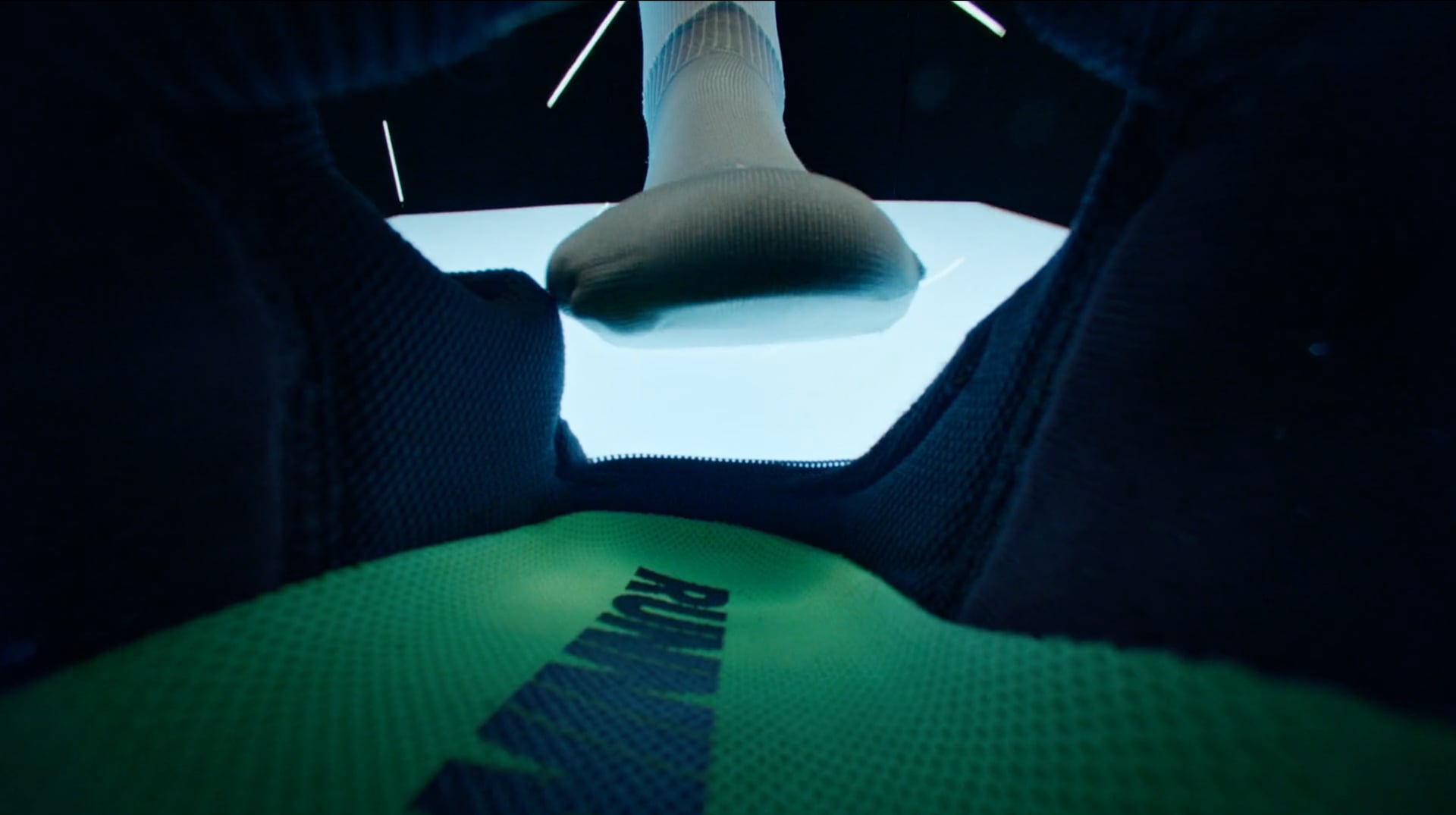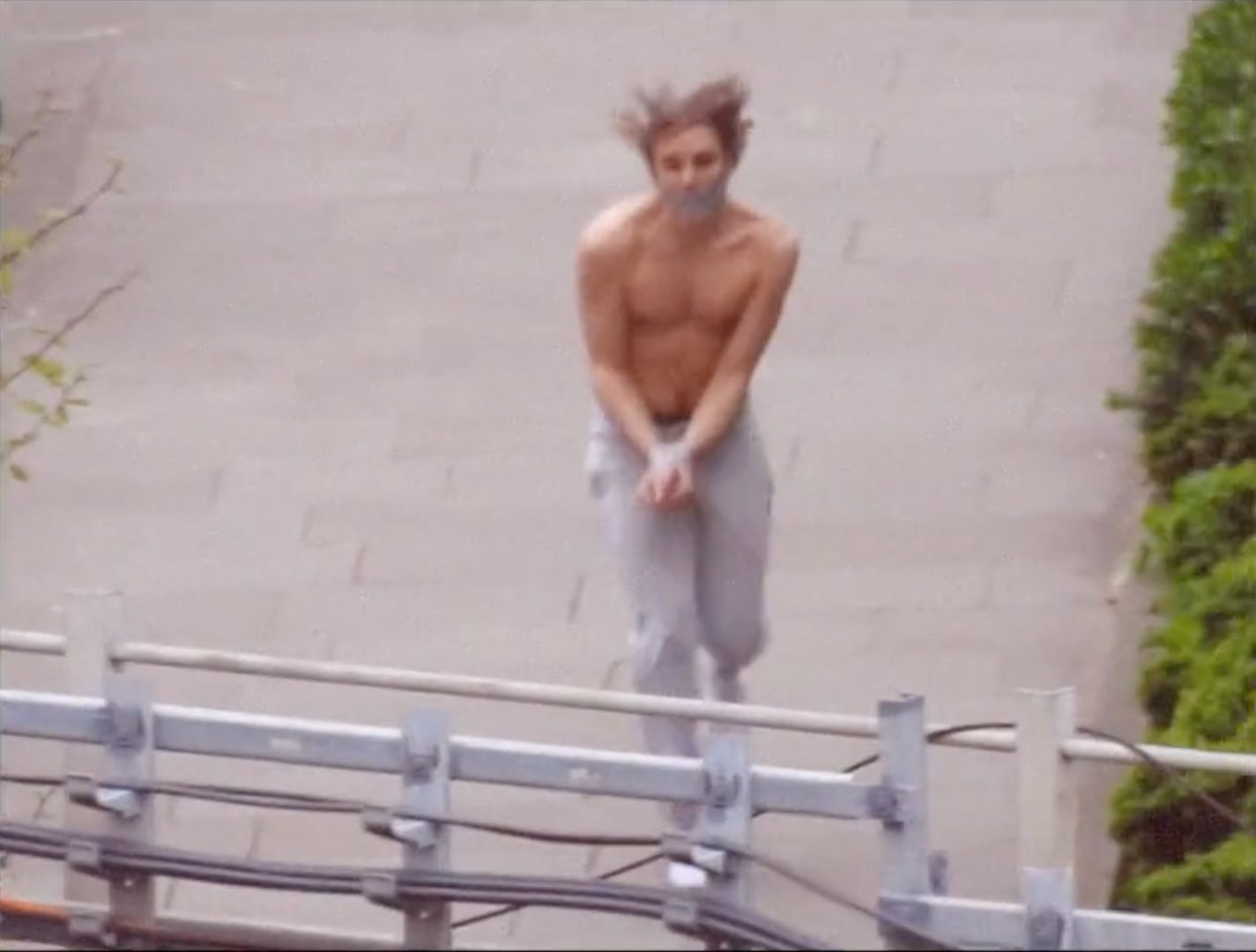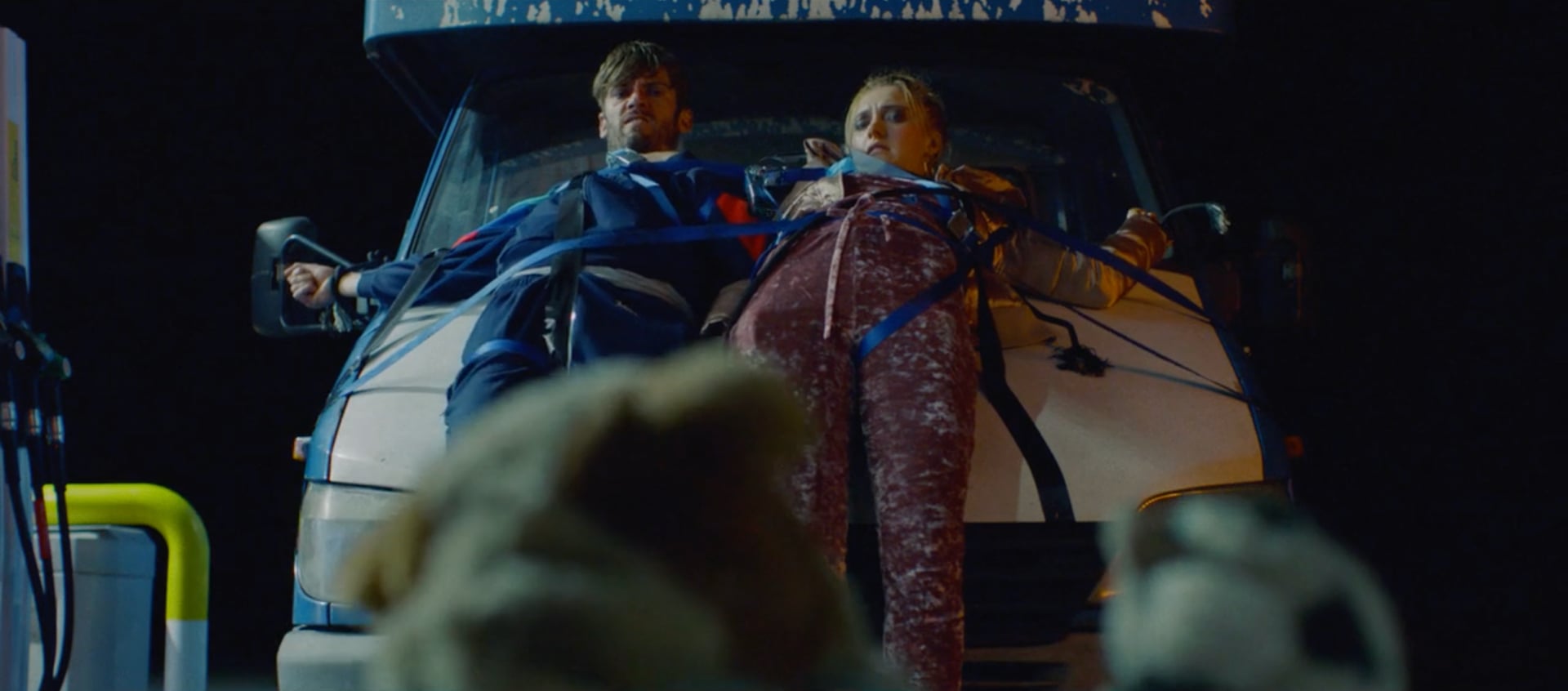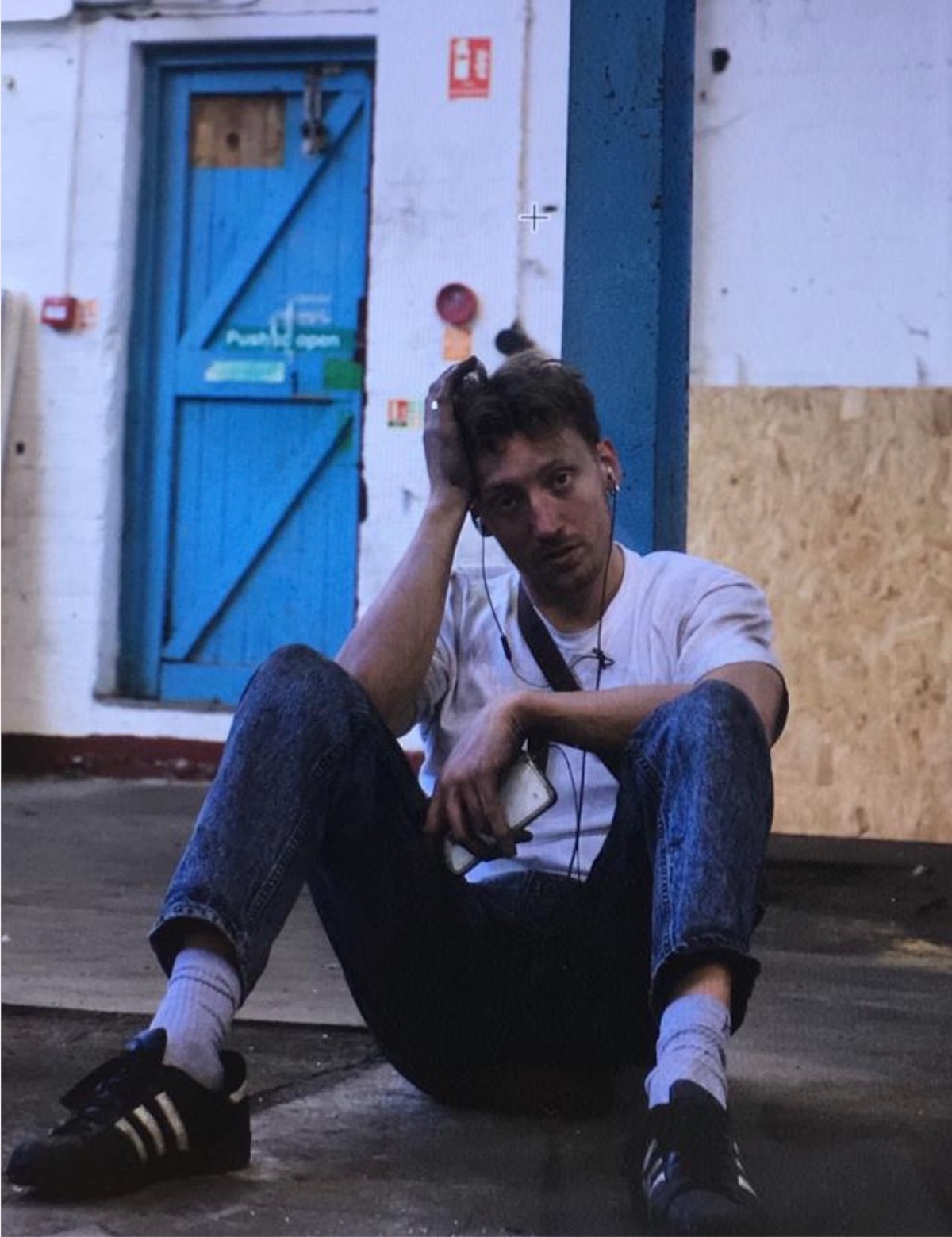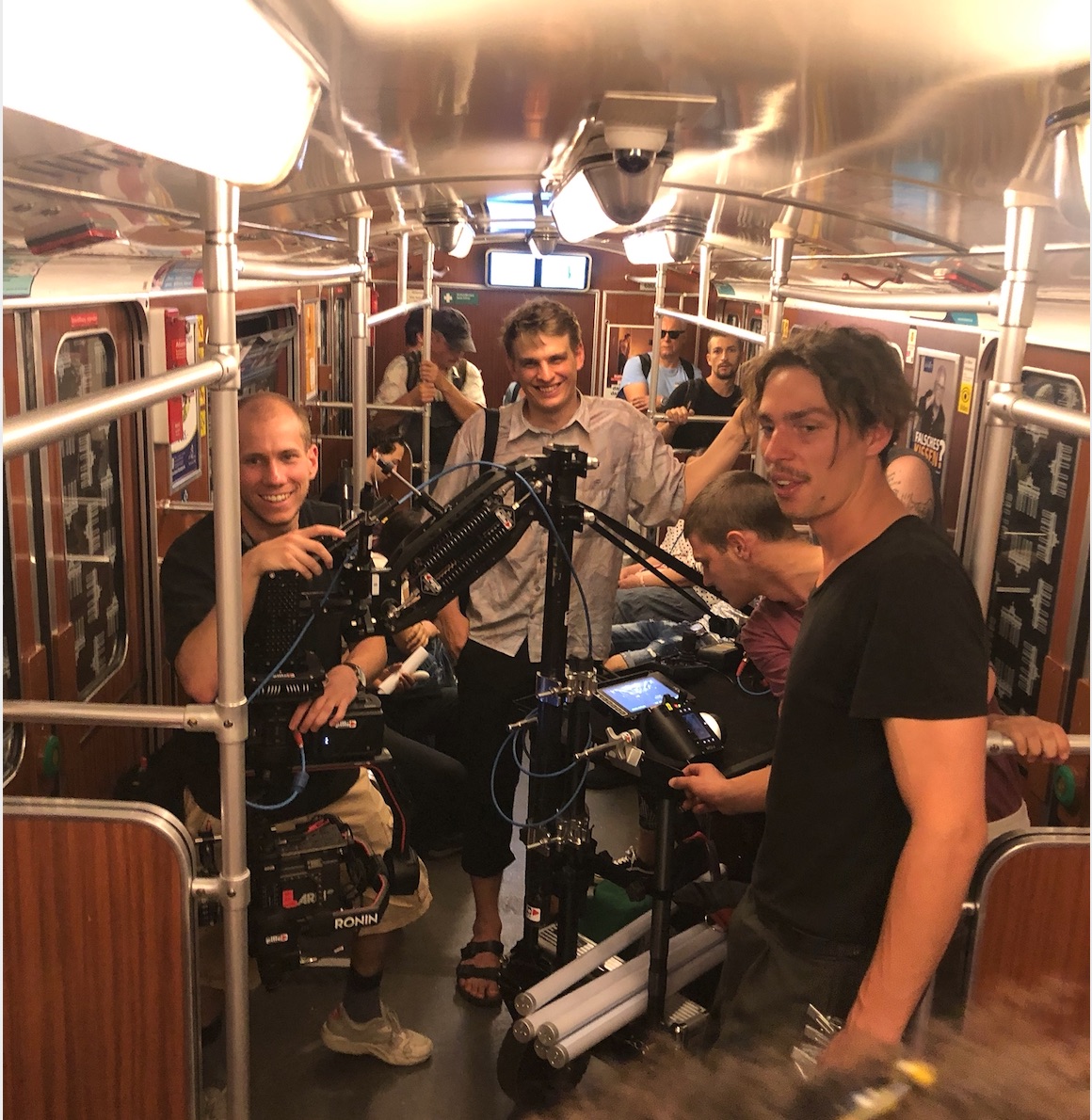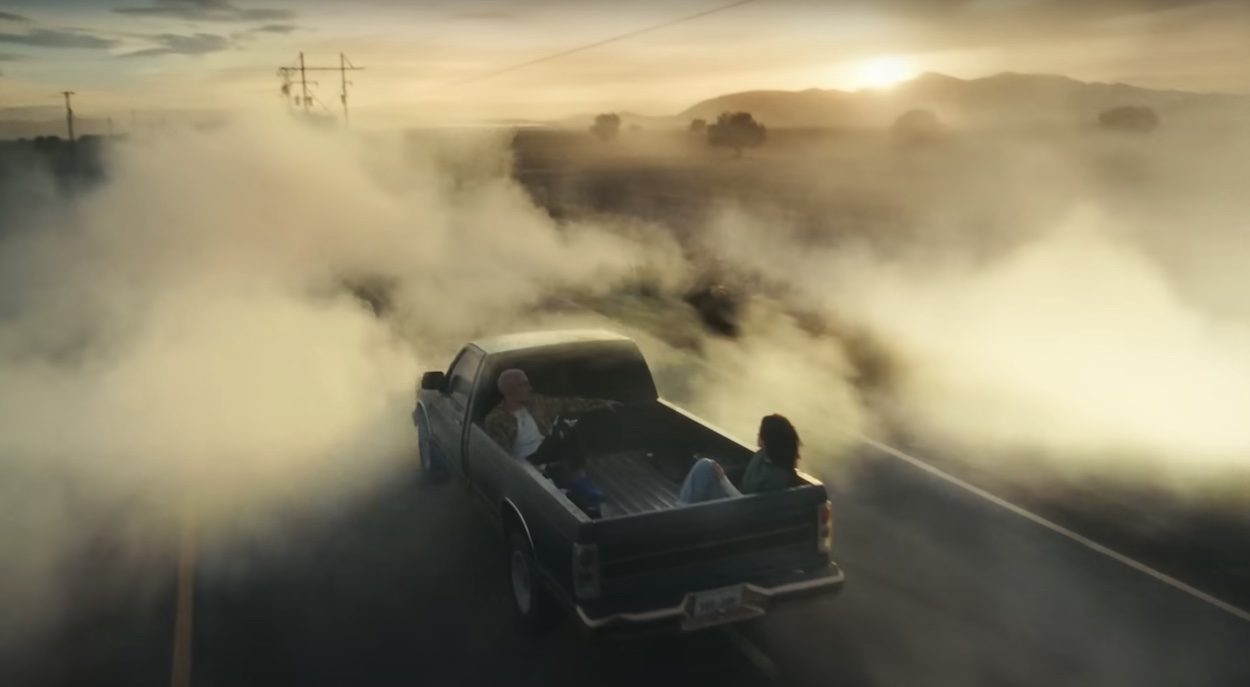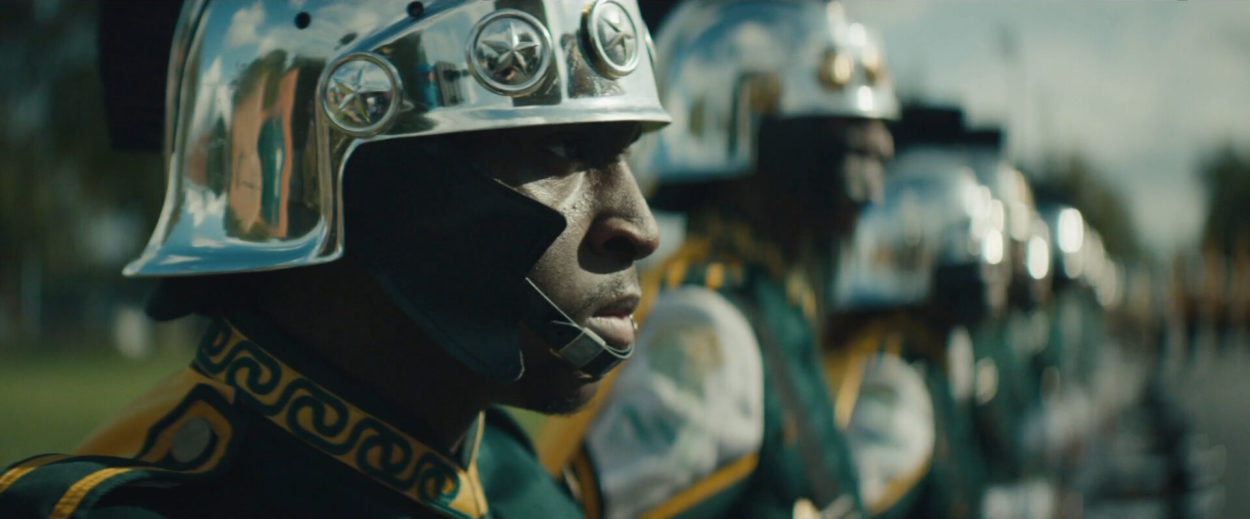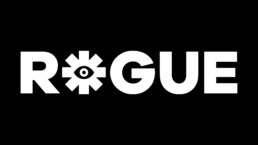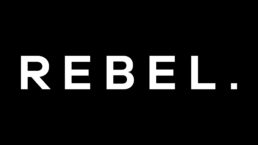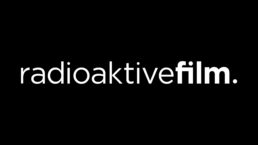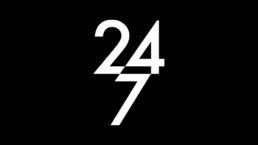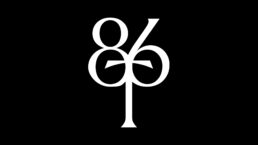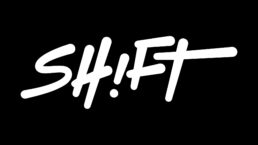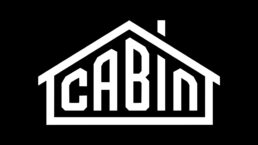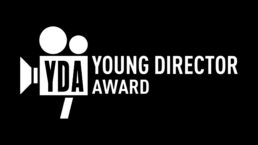Felix Brady
Coming from a background in set building and props, how did you end up moving into directing?
Don’t get me wrong, I loved Art Dept, it taught me so much. I was a ‘jack of all trades, master of none’ sort of guy – I did bits in every sector: carpentry, dressing, buying, metal work, mould making, props, designing, 3D stuff.
I had one job that pushed me over the edge: resetting orange juice to the same height in the glass on a period drama. I thought: that’s it! I’m going to give directing a proper go, and if it flops, then so be it. I tried and I knew I could always come back to Art. I do miss the community element – directing is very individualistic.
London and its street culture plays a big part in your work – we’re thinking of Col3trane Language and Kobo Baltimore. What’s the appeal of the city for you as a director?
It’s just what I know. As a director you’re basically drawing on personal experience that is cheap and production friendly. I lived in a block in Clapham and that became the backdrop for Kobo. Same with my Col3trane Language vid – that’s all shot from a pal’s balcony. Otherwise I wouldn’t have been able to afford all those locations with the budgets I was working with.
You’re well known for pushing the envelope with camera tricks such as motion control outside a studio environment. Are you the kind of person who’s always enjoyed experimenting and problem-solving?
For me, it’s not worth doing a project unless I feel like there is something new or different in it. That could be as small as a scene or as significant as an overarching visual technique. So in that sense, I’ve always been on the search for a new ‘thingymabob’ to play with or an idea to expand. As a result, I’ve accidentally fallen in love with motion control and honestly think it has so much more potential than it’s mostly used for. I’ve been fortunate enough to meet some incredible teachers along the way, who allow me access to the gear and spaces to test these ideas.
Fundamentally I like problem solving, but I like the gear dictating the scene rather than the scene dictating the gear. I like looking at a cool bit of tech and thinking: “Right, what can I do with this, where can I strap this to?” or “how can I combine it with some other technique or story telling device to create something new?”. Don’t get me wrong, sometimes that flops and I get all depressed. But at least I tried. And then other times, it goes well and me and the DOP look at each other and go: “Wow, that actually worked!”
You recently spoke about how the themes of ego, vulnerability and courage in Greentea Peng’s track, Hu Man, resonated with you – as a music video director, how important is it to have a strong emotional connection to the music?
The video was special because I know the artist personally, so I could just call her if I wanted to understand more about the song. When she did explain, I started to realise how relevant all the themes were to me at the time – in a way it was a coincidence, all the stars aligned with that one. It’s rare that happens. After that experience, I think it’s more important to have a strong emotional connection – it makes the rough bits more bearable. I’d rather have a reel of low budget, meaningful or boundary-pushing projects than some tacky, pocket-lining, boring commercial jobs that fundamentally mean nothing.
Hu Man is the second video you’ve directed for Greentea Peng. How did you start working with Aria, the artist, and how has your collaborative relationship evolved over the two projects?
Aria is going out with my best pal, so we’re mates. We started working together after she showed me a few tracks, but back then she didn’t have management, so we hustled and managed to find a way with the support of the team at STINK. For the second video, there was a label behind it.
It’s been interesting in terms of our relationship. Aria was super nervous for the first one, she actually doesn’t like music videos so it was hard to make her feel comfortable, especially when everything was going tits up around me (the first one went a bit Pete Tong and we had to do a reshoot). Managing that, whilst trying to persuade [her] that a scene was going to look way better in the edit after it’s all stitched together [was hard]. Aria can’t think like that, so it kinda scared her. But then when she saw the edit, she was like: “Ah I get it, yeah, sick”. So after that one she learnt to trust me. For Hu-Man, she just let me do my thing. She’s quite passionate and fiery, like me, so our communication is very “no BS, full transparency”, and that always gets us to a good place.
Hu Man is full of cryptic iconography and references to ‘the self’, some of which are more obscure than others. Can you tell us a bit more about the concept and the ways you brought it to life on screen?
That’s a big question! The track is about ego. Our identity is built-up ego. An image you create for yourself that can sometimes turn out to be false. It’s a war cry, calling upon the energy of Kali Ma, ‘The Dark Mother’, to strip us of that ego, take the skin and leave the spirit and transcend the veil of Maya, the cosmic illusion.
Basically, leave the ego at the door.
I wanted the film to be one long journey, where everything you hear or see means something. For example, in the intro and outro, I’ve added a bird call. Out of context it could be appreciated as just an atmospheric sound, but there’s a deeper reason for the choice. It’s actually a recording of a male O’o on the island of Kauai: the last male of its kind calling for a female who doesn’t exist. Human interference and habitat destruction is believed to be the cause of their extinction. His song is supposed to be a duet, so that gulf of sound you hear between his calls should be filled with a female response. With the theme of the film being based around ego, this inclusion is a comment on ‘not being heard’- feeling invisible in an identity that’s now run its course.
There is another scene with a football hooligan slowly having his identity stripped from him live on camera: essentially an ego death. I chose a football hooligan as the vessel for this message, as he’s a prime example of compromised self and inflated ego. On the beat, we slowly rid him of his identity to reveal his pure self. To achieve this, we motion-controlled the camera and painstakingly match-cut between different takes until it seemed seamless. The tattoos were real and removed with makeup. It’s an example of using a camera technique to tell the story rather than embellish or pedestal it. The reason this project is so special is because all the techniques used to achieve the special moments are done in a completely symbiotic way – nothing is novel or being used for the sake of it.
I also wanted to rid Aria of her tattoos – to shed the skin of old identities. To achieve this, we hacked a second camera so it wasn’t able to pick up the black pigment from tattoos and thus created a tattoo-less Aria (GTP). We then mounted it to the side of the main camera and whacked it on a steadicam – and hey presto, we got ourselves a match cut, stabilised, tattoo remover thingymabob. Aria couldn’t believe it – seeing herself on a monitor in a way she hadn’t for years must have been a shock.
What’s the most challenging project you’ve ever worked on, from a technical point of view?
Tyler by Col3trane was tough, because it involved me sourcing a caravan from a traveller, welding a steel cage to the outside of it, bolting a motion control unit to the chassis then proceeding to flip it all over the place with a crane off the back of a Hi-ab truck – all inside a studio that was too small. That video flopped the first time, and we all had to come back to do it again.
My Nike Pegasus video had a mad shot from the base of the shoe (underneath it) to a big sweeping arc around the subject. It was a motion control shot, but right in the middle of the move we had to sandwich in a completely unplanned stop motion part. Off-the-cuff stop frame animation on a commercial isn’t ideal, but we made it work and got an amazing spot!
For another shoot we did in Berlin with a really challenging budget, we custom-made a camera trolly so we could zip in and out of loads of locations: it had to be light enough to pick up but heavy enough to hold a stable tracking shot, and it had to have a stabilised head and require no track whatsoever but sustain a straight forward movement. We opted for this contraption I ended up calling the ‘Dino Rig’ because it looked like a mini Diplodocus. It was nuts – we literally shot ten locations in a day, one of which was on a public train!
Interview by Selena Schleh
Felix Brady website
